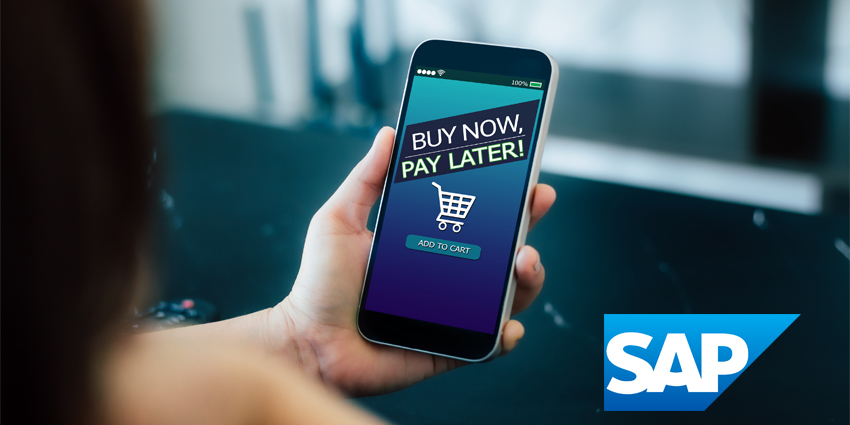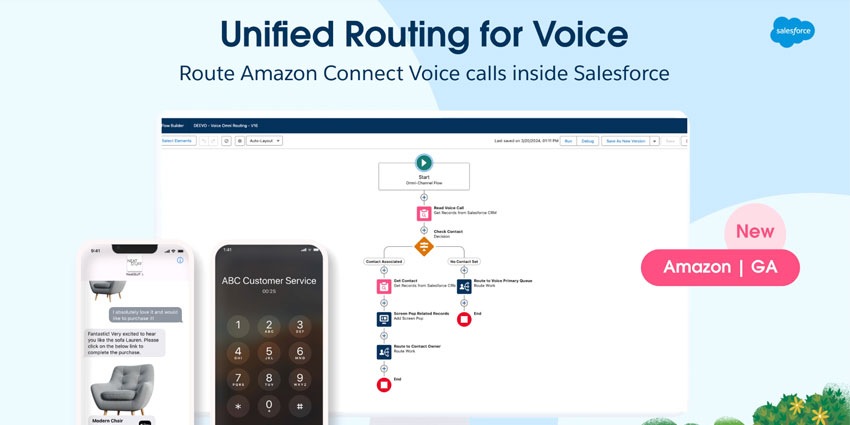SAP has launched a new open payment framework, as it aims to provide retailers with the tools to navigate the changing payment solution landscape.
With payment options such as buy-now, pay-later becoming increasingly popular, the SAP Commerce Cloud leverages third-party payment service providers (PSP) – allowing retailers to choose the PSP that best suits their specific needs and requirements.
These PSPs include Stripe, Adyen, WorldPay and Airwallex, all of which can be seamlessly integrated into SAP’s solution, due to its “native integration capabilities.”
By simplifying the integration process and removing the need to build extensions, SAP believes that its latest solution will reduce unnecessary complications and allow retailers to be more agile with new payment options.
Moreover, the CRM provider claims that its Commerce Cloud has the capacity to enhance the overall checkout customer experience.
In discussing the features and potential of the Commerce Cloud, Sven Denecken – Senior Vice President and Global Head of Product Marketing for SAP Industries & CX – commented:
SAP’s unmatched industry expertise is the foundation of our strategy, as it enables us to deeply understand the complexities of delivering seamless and positive customer experiences that reinforce the brand promise with every interaction.
Let’s take a closer look at some of the features that SAP is promising its retail customers.
Headless and Composable
Don’t worry, SAP hasn’t ventured into the guillotine market; there isn’t a Marie Antoinette themed rebrand in the works.
The “headless” description refers to one of the Commerce Cloud’s key features, which ensures that the front end and back end of the framework can operate independently of one another.
According to SAP, this capability allows users to access a wider range of channel requirements, as well as incorporating new solutions and prebuilt payment experiences.
The solution also includes low-code and no-code software, which addresses typical payment requirements and manages end-to-end payment processes, including authorization, capturing funds, issuing refunds, and re-authorizing transactions.
Both these features support the “composability” of the Commerce Cloud, with SAP outlining the platform’s ability to provide retailers with agile and adaptive payment solutions that are tailored to each users’ distinct requirements.
Denecken explains how being composable is essential to the Commerce Cloud’s function:
SAP’s unique, industry-led approach to composability places the retailer’s digital commerce needs front and center while we work with them to manage their digital transformation, navigate pathways to sustainable growth, and deliver on industry expectations.
SAP Continues to Make Moves
The launch of the Commerce Cloud follows SAP’s announcement from earlier this year that the company is planning a mass restructuring, as it aims to reskill 8,000 employees in preparation for an AI-focused future.
The CRM and ERP provider shared the news during an earnings call, where it also outlined plans to invest almost €1 billion to develop AI use cases for customers over the next two years.
The company’s CEO – Christian Klein – emphasized the significance of generative AI, labeling it as “the greatest opportunity since the rise of the cloud, especially for SAP.”
He outlined plans to embed artificial intelligence across all solutions, integrating it into business processes and offering it to end customers.
SAP also declared its intention of becoming the top enterprise application and Business AI company, showcasing its intensified dedication to AI technology.







